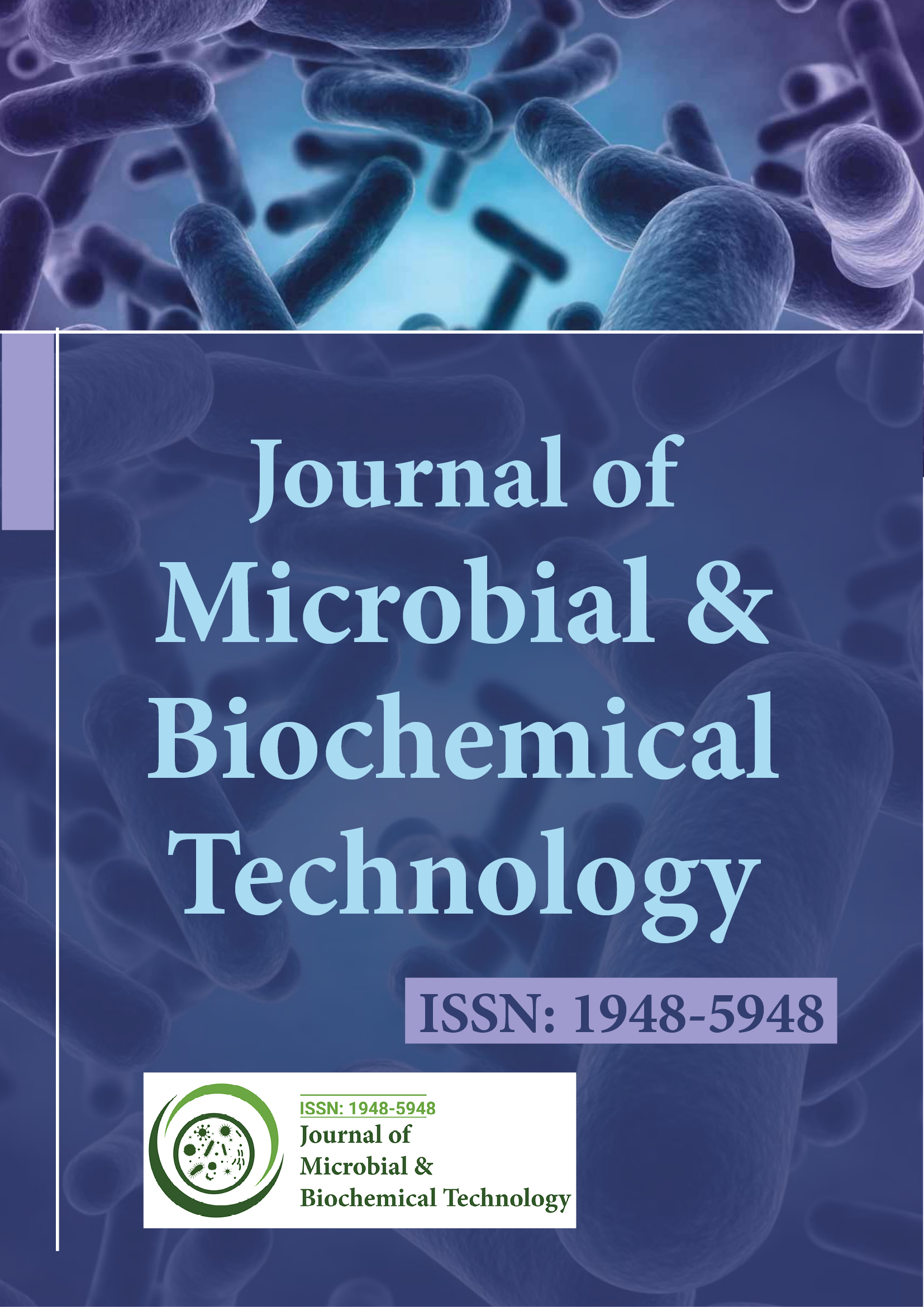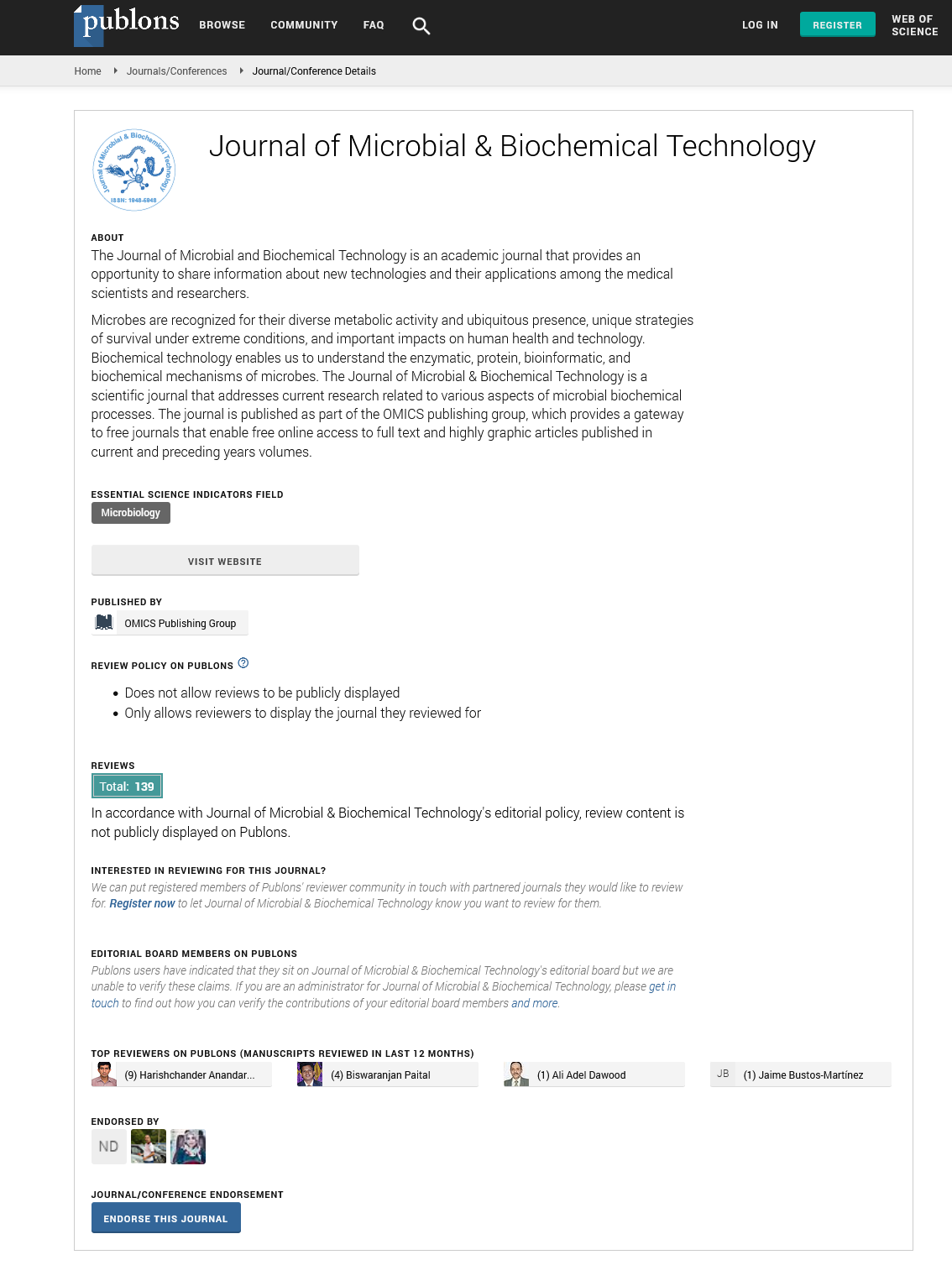PMC/PubMed Indexed Articles
Indexed In
- Academic Journals Database
- Genamics JournalSeek
- Academic Keys
- JournalTOCs
- China National Knowledge Infrastructure (CNKI)
- Scimago
- Access to Global Online Research in Agriculture (AGORA)
- Electronic Journals Library
- RefSeek
- Directory of Research Journal Indexing (DRJI)
- Hamdard University
- EBSCO A-Z
- OCLC- WorldCat
- SWB online catalog
- Virtual Library of Biology (vifabio)
- Publons
- MIAR
- University Grants Commission
- Geneva Foundation for Medical Education and Research
- Euro Pub
- Google Scholar
Useful Links
Share This Page
Journal Flyer

Open Access Journals
- Agri and Aquaculture
- Biochemistry
- Bioinformatics & Systems Biology
- Business & Management
- Chemistry
- Clinical Sciences
- Engineering
- Food & Nutrition
- General Science
- Genetics & Molecular Biology
- Immunology & Microbiology
- Medical Sciences
- Neuroscience & Psychology
- Nursing & Health Care
- Pharmaceutical Sciences
Yeast blood stream infection in Ruijin Hospital in Shanghai: Epidemiology and factors associated with mortality
2nd International Conference on Clinical Microbiology & Microbial Genomics
September 16-17, 2013 Hampton Inn Tropicana, Las Vegas, NV, USA
Zhi-Tao Yang
Accepted Abstracts: J Microb Biochem Technol
Abstract:
Objective: Yeast, especially Candida , is an important cause of bloodstream infections (BSI), causing significant mortality and morbidity among hospitalized patients. The epidemiology and species distribution vary from different region. The goals of this study were to show the epidemiology of yeast BSI in a Chinese Teaching Hospital and estimate the impact of appropriate antifungal therapy on the clinical outcomes. Methods: From January 2008 to December 2012, all consecutive patients who developed yeast BSI at Ruijin Hospital were enrolled in the study. Data regarding the yeast BSI episode were analyzed, including the clinical features, species distribution and antifungal therapy and the outcomes at 28-day after onset, by using SPSS 19. Results: A total of 129 episodes of yeast BSI were identified during 5 years, with an incidence of 0.34 episodes/1,000 admissions. The incidence of candidemia caused by non- Candida albicans Candida species (65.1%), including C. parapsilosis (18.6%), C. tropicalis (14.0%), C. glabrata (7.0%), C. guilliermondii (5.4%), C. sake (4.7%) was higher than that of candidemia caused by C. albicans (34.9%). The overall crude 28-day mortality was 27.1%, which was associated with appropriate empiric antifungal therapy (P=0.006). Age (OR 1.04; P=0.009), neutopenia (OR 19.09; P<0.001) were independent risk factors for 28-day mortality, while appropriate empiric antifungal therapy (OR 0.399; P=0.05) might be protective factor against 28-day mortality. Conclusion: The incidence of candidemia has increased in the past 5 years in our hospital. 28-day mortality in internal medicine wards remains high. Appropriate empiric antifungal therapy may influence the short-term survival, but noted that the outcome could also be affected by severity of illness. Additional study is warranted to determine the best therapeutic regimen, especially in medical wards and ICU.

